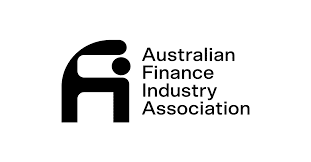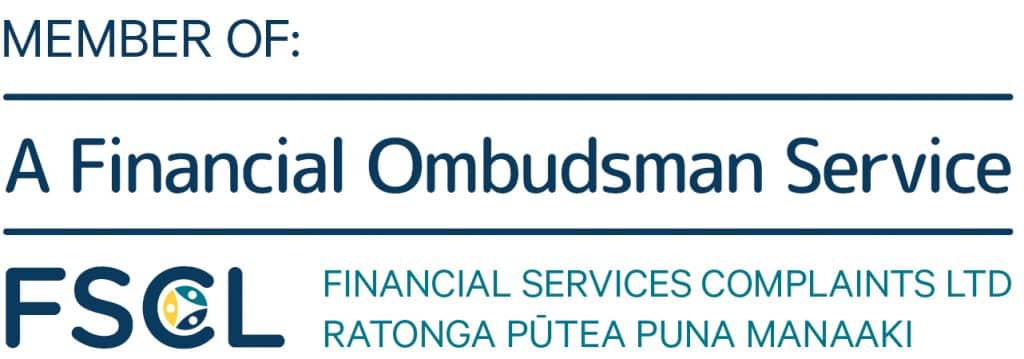By Evan Spicer
Director of Cryptocurrency Investigations
MyChargeBack
Although many welcome proposed crypto regulations as a way to protect consumers and prevent bitcoin scams, others are concerned that these rules may go too far – especially regarding stablecoins.
Stablecoins, as the name suggests, are intended to be more stable than other types of cryptocurrency because they are levered to a real asset, such as fiat currency or commodities.
However, new regulations in the EU known collectively as MiCA (Markets in Crypto Assets Regulation) include provisions that will aggressively limit the transaction volume to €200 million per day. Currently, the world’s three top stablecoins – Tether’s USDT, Circle’s USDC and Binance’s BUSD – have a total market cap of $140 billion. There is no question that the strict EU limit of €200 million daily will limit the use of these stablecoins.
One of the most controversial measures in MiCA is the severe limitations on non-euro-backed stablecoins, which may be a threat to the top three stablecoins. There is some indication that one of the purposes of these rules is to encourage European consumers to opt for euro digital currencies rather than stablecoins.
Are Stablecoin Limits Good or Bad News?
The €200 million daily caps are one of the most controversial aspects of MiCA’s rules about stablecoins. Some see it as a virtual ban on the top three stablecoins. Others feel that restricting these coins in favor of euro-backed alternatives may threaten European business and innovation. After all, if European companies can’t accept Tether because of tight limits they may lose customers in the global marketplace.
Critics of the legislation argue that it goes beyond preventing stablecoin scams and penalizes legitimate stablecoin backed by USD and other reliable assets. However, others feel the protections are justified and will keep consumers safer.
Making Stablecoins More Stable
However, other stablecoin rules are less controversial and are clearly designed to protect customers from stablecoin scams.
Stablecoins must be divided into categories. There are two main types of stablecoins – ART (Asset Referenced Tokens) and EMTs (E-Money Tokens). The difference between these two is what kinds of assets back them. EMTs are backed by fiat currency and ARTs are backed by commodities that are highly liquid.
Backing assets must be in segregated accounts. Regardless of whether the stablecoins are EMTs or ARTs, they need to be supported by backing assets that are stored, readily available and kept separate from accounts. This is to ensure that money will always be on hand for customers when they want to redeem their stablecoins for cash or assets.
Equally important is that customers can redeem their stablecoin holdings at will. This prevents the financial hazards of stablecoins that are backed in name only and customers who lose their money in a stablecoin scam.
Will Stablecoin Regulations Reduce Crypto Scams?
Although the EU stablecoin rules may seem strict – at least in terms of limiting the use of non-euro backed coins – most of the provisions can prevent and deter certain types of crypto scams, especially those involving fake ICOs.
Some bitcoin scams use fake trading apps and Ponzi schemes as a way of taking money from investors. In the case of other cryptocurrency scams, the coins themselves are the fraud. The EU rules will deter people who intentionally offer a useless coin to consumers and promise it will rise in value. Having to demonstrate backing with actual cash and commodities is a step forward and will deter crypto scams with fake offers.
What Can You Do If You’ve Lost Money in a Stablecoin Crypto Scam?
If you’ve invested in a new type of stablecoin only to find out it’s nothing more than a fraud, it’s time to take steps toward crypto recovery. Our experts will map out a strategy to help you track down your funds and will create investigation reports that will help law enforcement unmask the identities of crypto thieves. Speak to us today about how we can fight for you and help uncover crypto scams.






